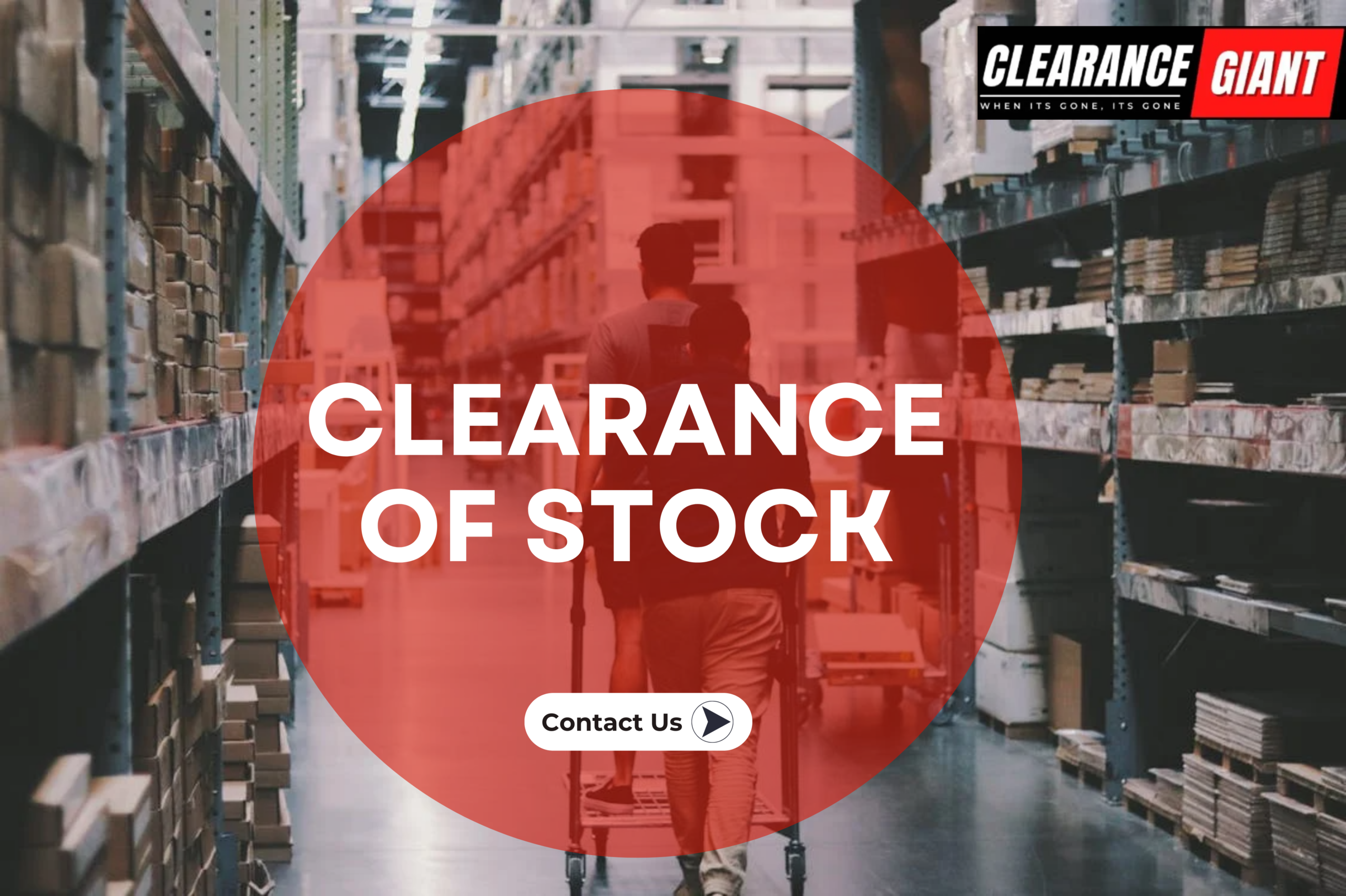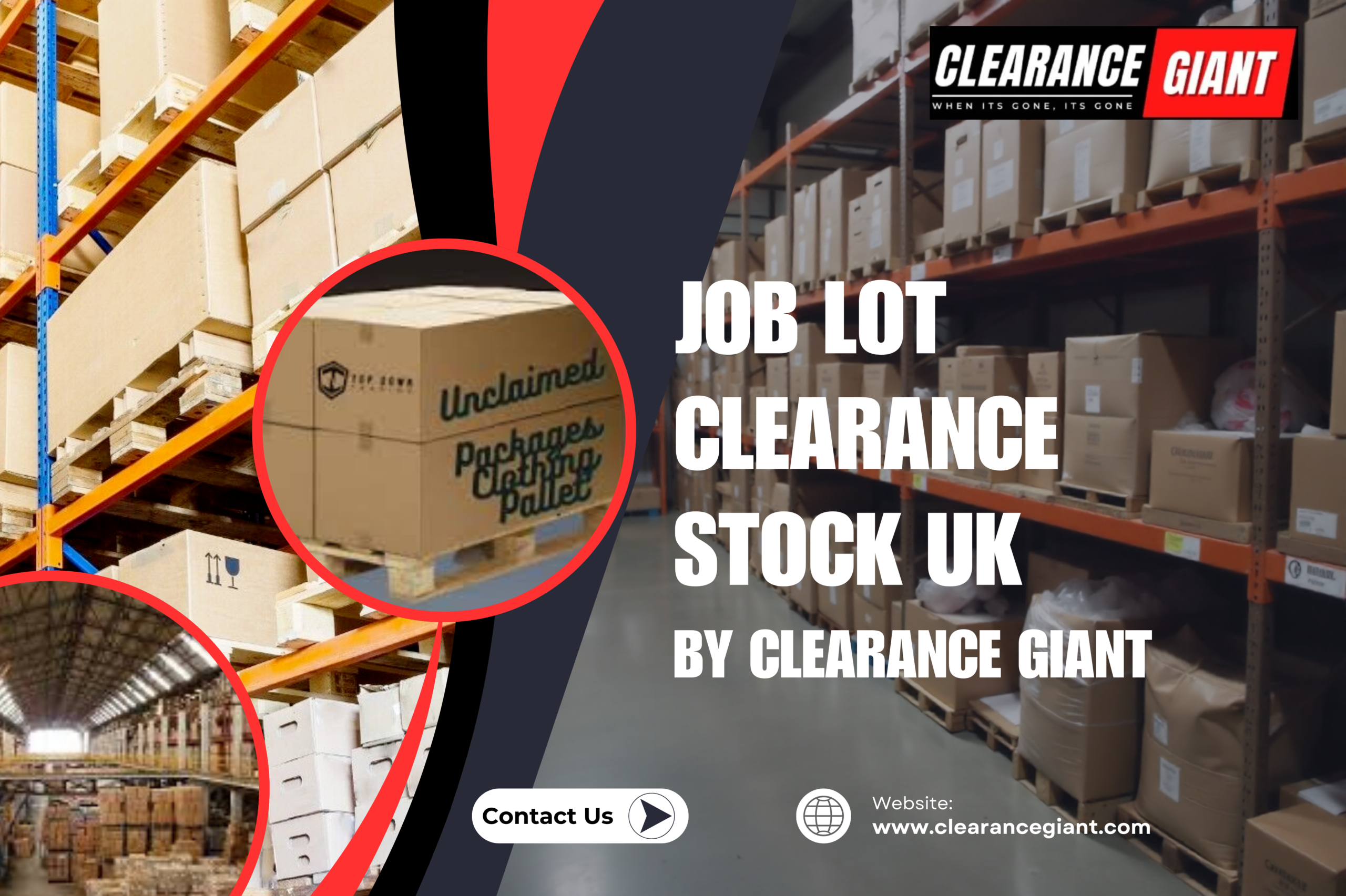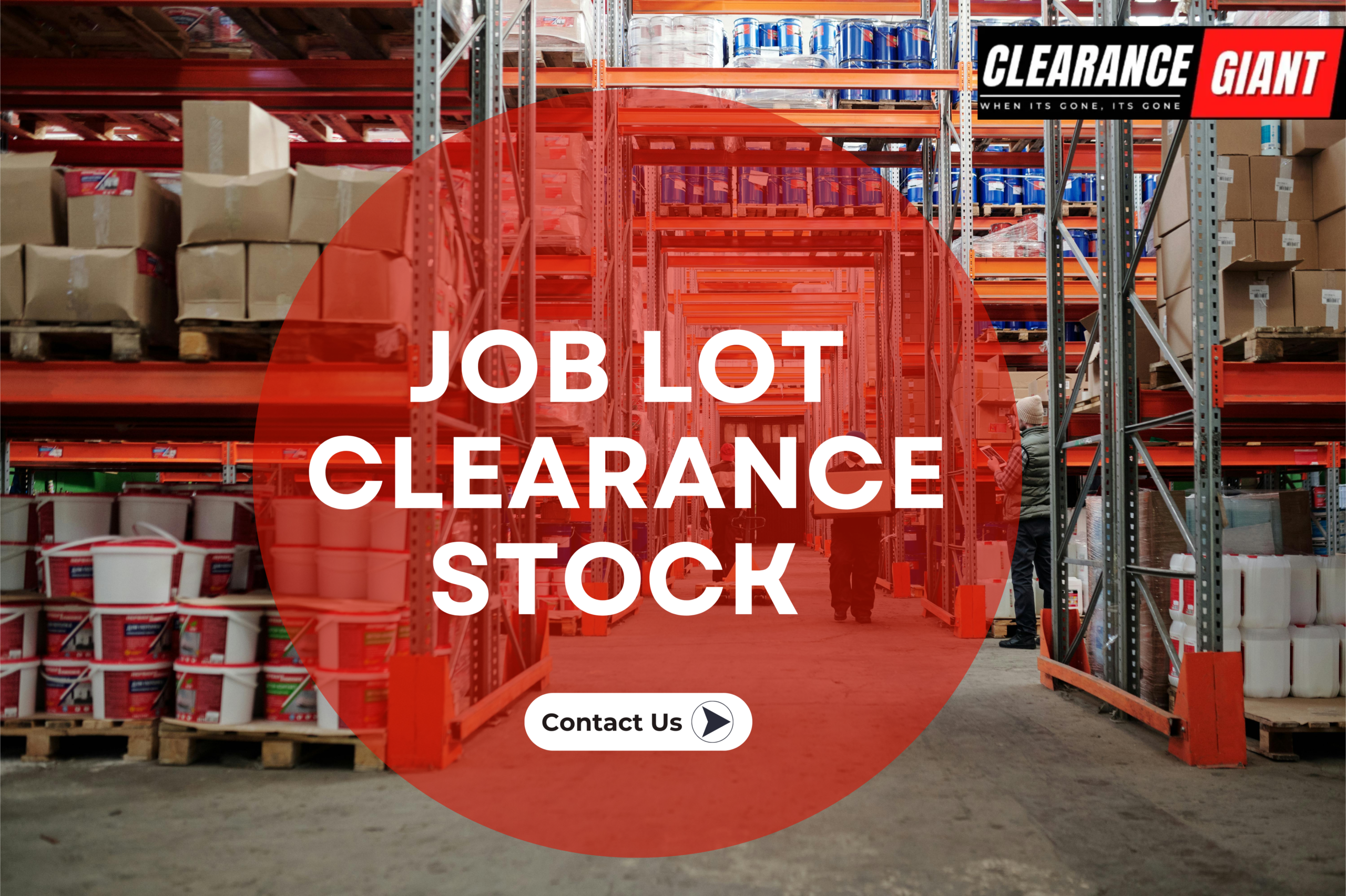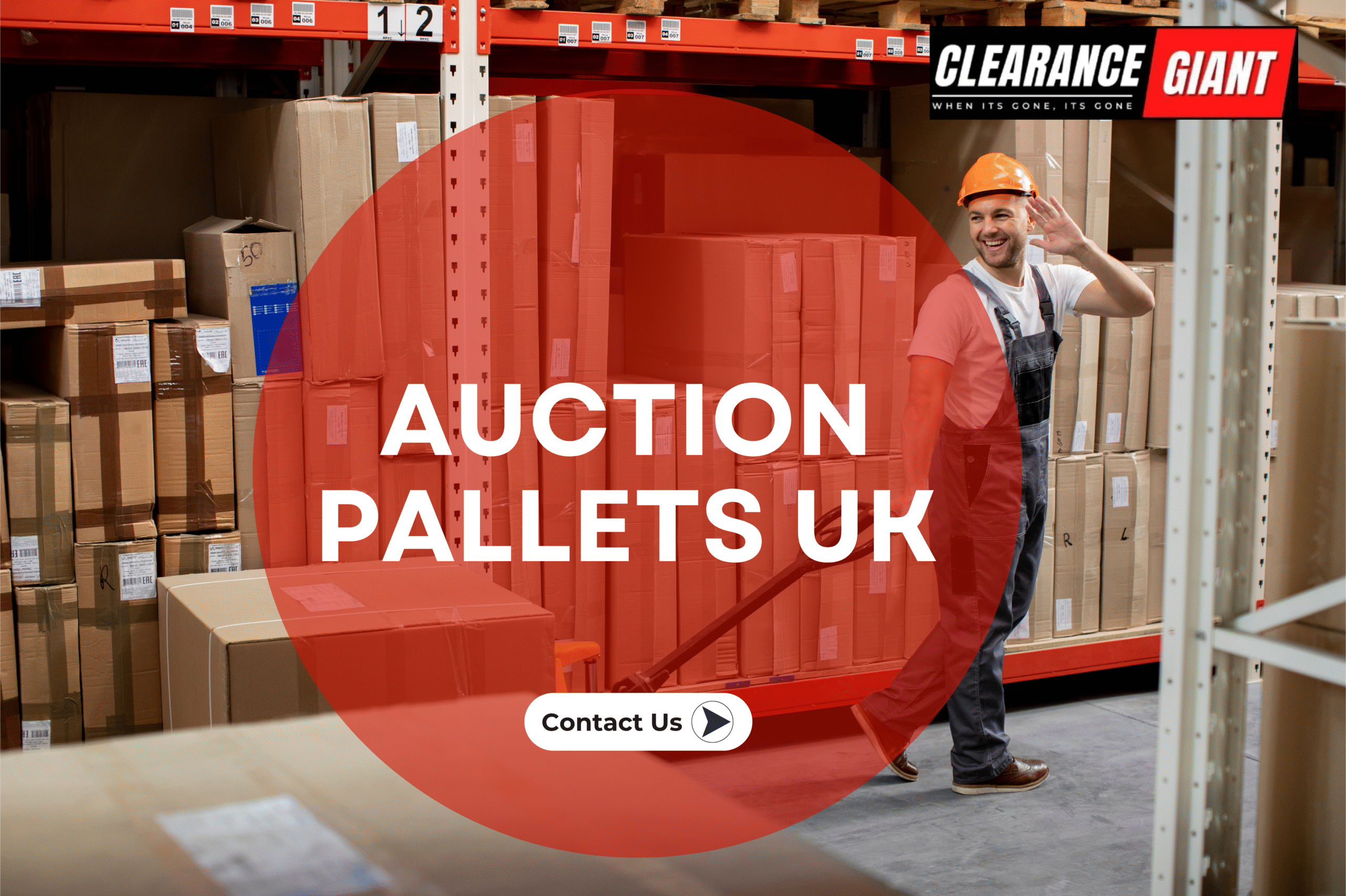Introduction
The wholesale pallets UK market represents one of the most accessible entry points into profitable resale businesses, offering entrepreneurs and established retailers opportunities to acquire diverse merchandise at exceptional prices. Understanding how to effectively source, evaluate, and resell these pallets can create sustainable income streams while providing customers with quality products at competitive prices. Whether you’re exploring new ventures, supplementing existing retail operations, or seeking to maximize profit margins, mastering pallet strategies provides a foundation for long-term success.
This sector has experienced tremendous growth as retailers increasingly seek efficient solutions for excess inventory while entrepreneurs recognize the profit potential in pallet trading. This growth has created sophisticated marketplaces where goods are categorized, graded, and sold through various channels catering to different business models and investment levels. Success in this market requires understanding pallet types, quality assessment techniques, and resale strategies that optimize profitability while managing risk.
Understanding the Market Structure
This market operates through diverse channels that connect suppliers with buyers seeking discounted merchandise for resale. Suppliers include major retailers liquidating returned merchandise, manufacturers clearing overstock inventory, and specialized logistics companies processing damaged or refused shipments. The variety of pallets available creates opportunities to specialize in certain product types or maintain diverse inventory portfolios.
Market dynamics influencing this space include seasonal patterns that affect both supply and demand. Understanding these cycles helps businesses time purchases strategically acquiring inventory when prices are low and preparing for peak selling seasons when demand is high.
The emergence of online platforms has revolutionized access, providing transparent pricing, detailed descriptions, and user-friendly bidding or purchasing systems. These platforms often include services like quality grading, logistics support, and buyer protection, which reduce transaction risk.
Types and Categories of Pallets
Different pallet categories require distinct evaluation methods and resale strategies. Customer returns typically include merchandise sent back for reasons like sizing issues, cosmetic damage, or buyer remorse. These pallets can offer excellent value as many items remain in like-new condition.
Overstock pallets contain unsold merchandise from retailers. They usually offer higher consistency in product condition but may require larger investment due to their premium nature.
Shelf-pull pallets include items removed from display due to seasonality, packaging updates, or minor imperfections. These often present excellent profit margins due to low acquisition cost combined with high resale potential.
The availability of joblots uk through pallet sellers provides added flexibility, especially for resellers testing new categories or seeking mixed merchandise without large investments.
Sourcing Strategies
Effective sourcing starts with establishing trusted supplier relationships and monitoring market trends that influence pricing and availability. Direct access to major retailers can lead to higher-quality inventory and better margins.
Auction platforms are another valuable source, offering competitive pricing for informed bidders. Success here depends on understanding market value, setting clear bid limits, and executing timing strategies effectively.
Participating in wholesale trade shows uk allows businesses to build networks, inspect merchandise firsthand, and meet suppliers making them an essential sourcing strategy for serious resellers.
Quality Assessment and Risk Evaluation
Quality control is vital. Pallets can vary in completeness, item condition, and resale value. Smart buyers examine documentation, supplier grading systems, and factors influencing value.
A manifest analysis helps these documents show what’s inside the pallet, estimated retail value, and item quantities. However, since they’re often estimates, additional checks are important.
Risk management involves preparing for damaged items or slow-selling products. Professionals diversify suppliers and product categories, ensuring no single investment jeopardizes the operation.
Processing and Inventory Management
Efficient processing is key. Break down pallets, inspect each item, and categorize quickly to maintain inventory flow. A clear system ensures faster time-to-market.
Inventory systems should handle varied categories, conditions, and price ranges. They should also track profitability, sales velocity, and purchasing efficiency to optimize future decisions.
Storage also plays a major role pallets can be bulky and diverse. Warehouse layout, labeling, and shelving should be optimized to reduce costs and increase retrieval speed.
Resale Channels and Sales Strategy
Reselling merchandise from wholesale pallets UK can be done via various online and offline channels, each with its own strengths and considerations.
Online marketplaces such as eBay, Amazon, and Facebook Marketplace provide vast reach and flexible selling options. Sellers can list items individually or bundle them into sets. Professional photos, detailed descriptions, and competitive pricing increase buyer trust and drive conversions.
Physical storefronts or pop-up shops offer personal interaction and allow buyers to inspect items before purchase. This model builds local brand presence and enables bundling or liquidation sales for slower-moving inventory.
Many resellers also leverage job lot auctions uk as both buyers and sellers. Selling surplus or mixed items via auction formats can offload stagnant inventory quickly while generating cash flow.
A growing trend is dropshipping, especially for sellers who begin by purchasing pallets and gradually shift toward virtual inventory management. Platforms listing the best UK dropshipping suppliers offer hybrid models that combine physical pallet buying with virtual fulfillment options.
Profit Margins and ROI Considerations
Profitability varies based on product category, pallet cost, and resale strategy. Typical margins range from 20% to 200%, depending on sourcing quality, resale platform fees, and item condition.
To maximize return on investment:
- Focus on product categories with high demand and low return rates (e.g., electronics accessories, branded apparel).
- Buy mixed-condition pallets strategically sell premium items individually, bundle minor defect items in “mystery boxes.”
- Track cost per item vs. resale value using spreadsheets or software tools.
Those purchasing fashion-focused pallets can benefit from understanding trends and working with suppliers offering insights on buying wholesale clothing for resale uk, ensuring stock aligns with seasonal consumer demand.
Common Pitfalls and How to Avoid Them
Newcomers in the wholesale pallets UK industry often make avoidable mistakes. Overpaying for low-value pallets due to lack of research is common. Always compare supplier pricing with actual resale value.
Another pitfall is ignoring logistics. Factor in delivery charges, potential storage rental, and damaged goods. Build buffer margins into pricing strategies.
Avoid overstocking or spreading resources too thin. Start small with test pallets from multiple suppliers before committing to bulk deals. Analyze resale outcomes, identify top-performing categories, and scale accordingly.
Finally, focus on customer service. Whether selling through e-commerce or local channels, transparency in item condition and responsive communication drives repeat business and positive reviews.
Regulations and Compliance
While pallet trading is less regulated than some industries, compliance is still key. Ensure you have a valid business license and check for VAT registration if necessary. When reselling electricals, verify that they meet UK safety standards.
Accurate record-keeping supports tax filings and operational scaling. Tools like accounting software or professional consultation can ease this burden.
If reselling branded goods, make sure you understand licensing limitations and gray market risks. Partnering with verified distributors and reviewing supplier documentation reduces legal exposure.
Building a Long-Term Wholesale Pallet Business
Success in the wholesale pallets UK market comes from consistency, adaptability, and smart scaling. Start with manageable investments, refine strategies through testing, and build supplier relationships over time.
Monitor product trends using Google Trends, supplier newsletters, and social media. Stay responsive to seasonal shifts in demand and customer feedback.
Networking also plays a critical role. Connect with resellers through forums, trade groups, or platforms like wholesale job lots uk to exchange knowledge, avoid scams, and stay competitive.
Conclusion
The wholesale pallets UK ecosystem offers unmatched flexibility and profit potential for resellers willing to invest time, research, and effort. From sourcing overstock goods and managing returns to creating streamlined resale operations, this model empowers entrepreneurs and businesses to thrive in a dynamic retail environment.
By understanding the categories of pallets, navigating sourcing platforms, and utilizing resale channels effectively, you can build a scalable, profitable venture. Combining experience with insights from networks like Clearance Giant positions you to succeed in a market that rewards agility, knowledge, and value-driven sales.
Explore the landscape. Take smart risks. And step into the profitable world of wholesale pallets UK today.



